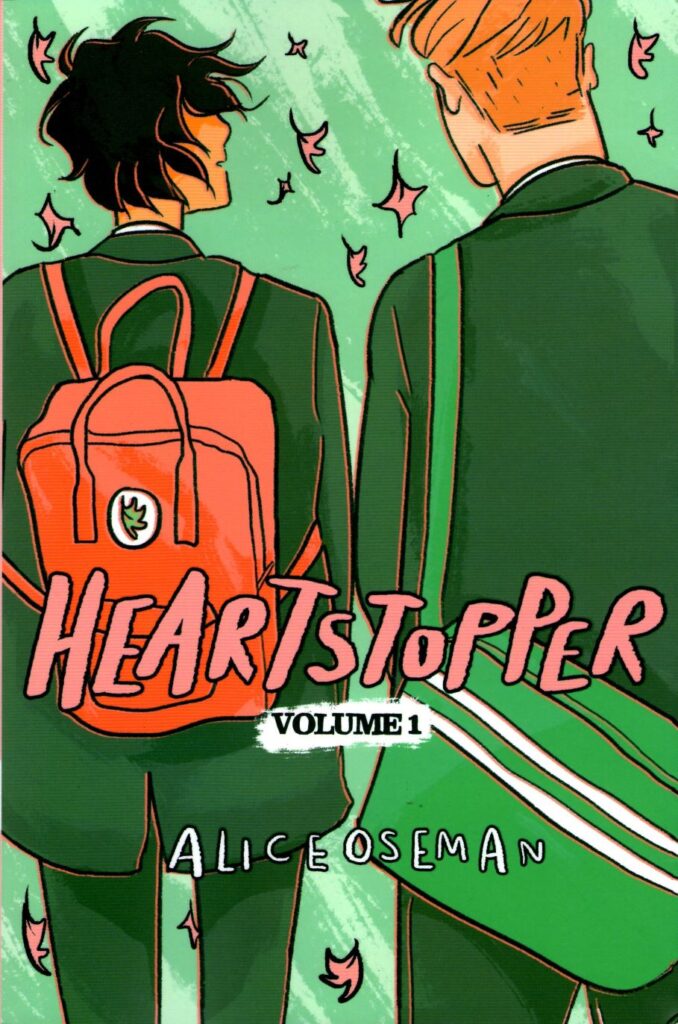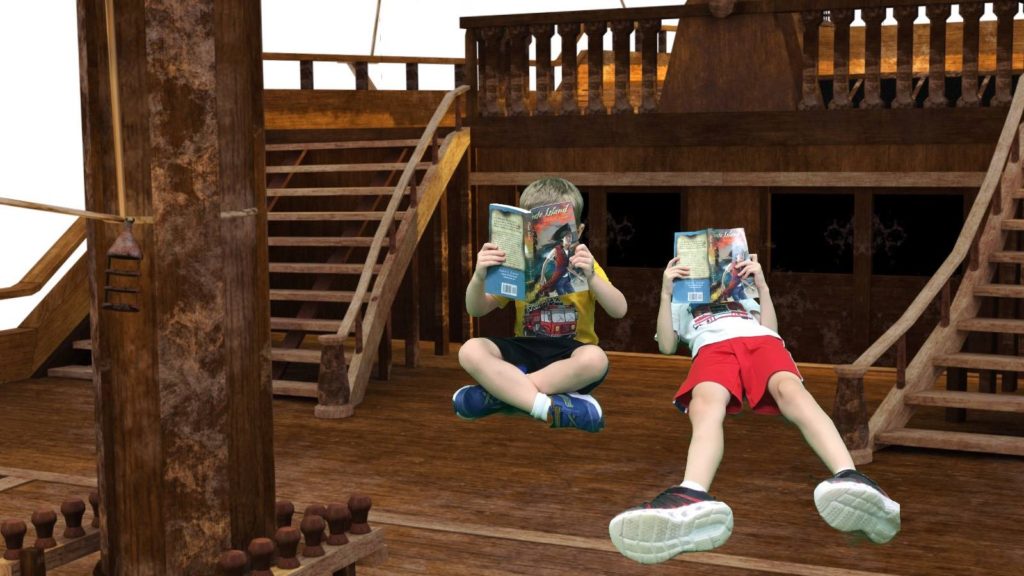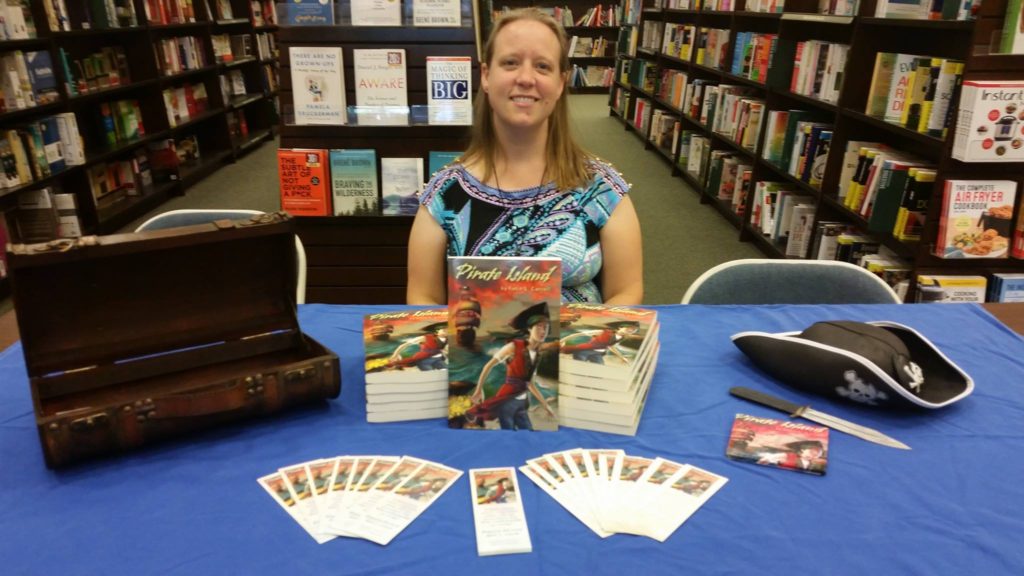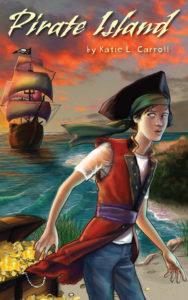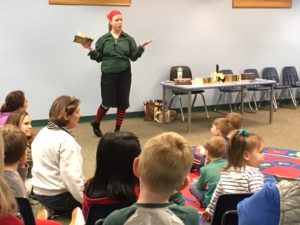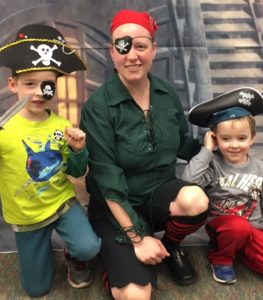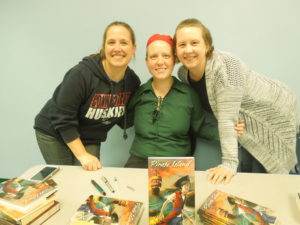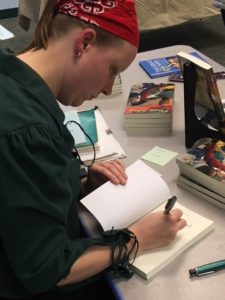[UPDATE: Pleased to report that the books were not removed from school libraries. You can read about the decision in this article “Milford superintendent opts to keep ‘Heartstopper’ series on middle school library shelves.”]
Yesterday, I read the article “Milford schools reviewing popular ‘Heartstopper’ books after fielding parents complaints” and learned that parents were challenging the inclusion of these books in middle school libraries. The initial challenge was denied and the books were kept in the libraries, but parents appealed that decision and a more intense review is being conducted by the administration. A final decision has not been made on the fate of these books in middle school libraries.
I wrote a letter to share my views on the book challenge, which I’ve shared with the superintendent, school board members, local media, and across my social media pages. I think it’s important that parents and authors who are against book bans share their voices. Here is my letter:
As a parent of three children, including a middle school student, that attend Milford Public Schools and an award-winning author of children’s book, I do not think that the young adult graphic novel series “Heartstopper” by Alice Oseman should be banned from Milford middle schools.
The bestselling books series is about two boys, ages 14 and 16 in the first book, in England who meet at school and fall in love. The books have also been adapted into an Emmy award-winning Netflix series.
One of the parents challenging the book series said, “We would never ask for a book to be banned.” Yet this parent has requested that the books be pulled from middle school libraries.
According to the American Library Association, a book challenge “is an attempt to remove or restrict materials, based upon the objections of a person or group” and “a banning is the removal of those materials.” A book ban is exactly what this parent is calling for.
The objections to the book include the use of curse words, the use of slurs to bully a gay student, and discussions of mental health, eating disorders, and puberty. I have read these books and they deal with all of these topics in the context of a beautiful story of love and friendship that centers LGBTQ+ characters. I have recommended these books to my middle schooler.
Books are a safe way for children and teens to approach difficult topics, like bullying and mental health. The MPS guidelines say, “Library collections are curated with the goal of stimulating growth in critical thought and enhancing the overall educational program.” Library media specialists work with the district to provide books that “represent diverse points of view…to enable all patrons a safe space with which to view themselves as well as to elevate empathy for others.” This is exactly what the “Heartstopper” books do.
Though the characters in the “Heartstopper” books may be slightly older than middle schoolers, it is common for kids to read about older characters. Middle schoolers read the “The Hunger Games” series by Suzanne Collins where the main character is 16 in the first book. In language arts class this year, my middle schooler read “The Compound” by S. A. Bodeen, which also features a 16-year-old main character. These books also deal with difficult topics like war, nuclear attacks, and surviving in a violent world.
[The next paragraph originally started with the following sentences: “Every parent has a right to take a book out of their own child’s hands. What a parent doesn’t have is the right to take a book out of every child’s hands.” I have now edited to what is surrounded by * below.]
*Many parents think they have a right to take a book out of their own child’s hands. What I want to say to that child is you, too, have rights. You can read about your right to read in this toolkit put together by the National Coalition Against Censorship. Even when a parent makes a choice to take a book out of their child’s hands, it certainly doesn’t give them the right to take it out of every child’s hands.*
It would be a disservice to students to remove the “Heartstopper” books from middle school libraries. I am asking the superintendent not to ban these books and allow my middle schooler to have access to these books at the school library.
Katie L. Carroll
